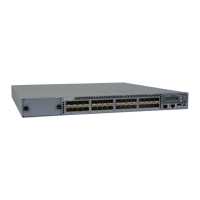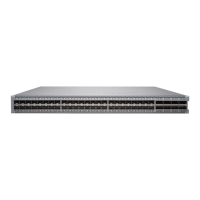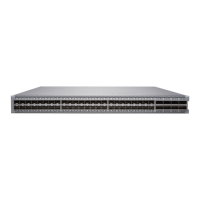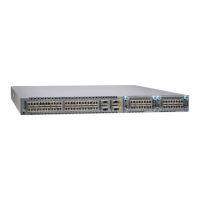■ Optical Interface Support in EX4500 Switches on page 31
■ Optical Interface Support in EX8200 Switches
Removing a Transceiver from an EX Series Switch
The transceivers for EX Series switches are hot-removable and hot-insertable
field-replaceable units (FRUs): You can remove and replace them without powering
off the switch or disrupting switch functions.
Before you begin removing a transceiver from an EX Series switch, ensure that you
have taken the necessary precautions for safe handling of lasers (see “Laser and LED
Safety Guidelines and Warnings for EX Series Switches” on page 151).
Ensure that you have the following parts and tools available:
■ An antistatic bag or an antistatic mat
■ Needlenose pliers
■ Rubber safety caps to cover the transceiver and fiber-optic cable connector
■ A dust cover to cover the port
Figure 50 on page 127 shows how to remove an SFP transceiver. The procedure is
the same for all transceiver types.
To remove a transceiver from an EX Series switch:
1. Place the antistatic bag or antistatic mat on a flat, stable surface.
2. Label the cable connected to the transceiver so that you can reconnect it correctly.
WARNING: Do not look directly into a fiber-optic transceiver or into the ends of
fiber-optic cables. Fiber-optic transceivers and fiber-optic cables connected to
transceivers emit laser light that can damage your eyes.
WARNING: Do not leave a fiber-optic transceiver uncovered except when inserting
or removing a cable. The rubber safety cap keeps the port clean and prevents
accidental exposure to laser light.
CAUTION: Do not bend fiber-optic cables beyond their minimum bend radius. An
arc smaller than a few inches in diameter can damage the cables and cause problems
that are difficult to diagnose.
3. Remove the cable connected to the transceiver (see “Disconnecting a Fiber-Optic
Cable from an EX Series Switch” on page 125). Cover the transceiver and the end
126 ■ Removing a Transceiver from an EX Series Switch
Complete Hardware Guide for EX4500 Ethernet Switches

